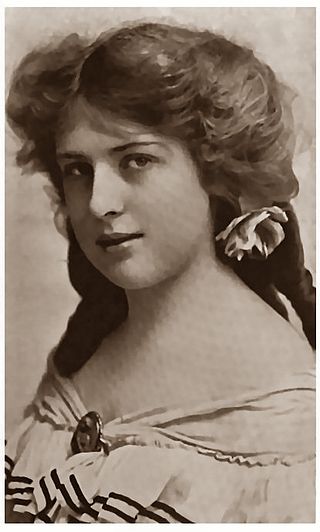
Charles Warren Fairbanks was an American politician who served as the 26th vice president of the United States under President Theodore Roosevelt from 1905 to 1909. A member of the Republican Party, Fairbanks was previously a senator from Indiana from 1897 to 1905.

This section of the timeline of United States history concern events from 1900 to 1929.

The 1908 Republican National Convention was held in Chicago Coliseum, Chicago, Illinois on June 16 to June 19, 1908. It convened to nominate successors to President Theodore Roosevelt and Vice President Charles W. Fairbanks.

The 1904 Republican National Convention was held in the Chicago Coliseum, Chicago, Cook County, Illinois, on June 21 to June 23, 1904.

The 1912 Republican National Convention was held at the Chicago Coliseum, Chicago, Illinois, from June 18 to June 22, 1912. The party nominated President William Howard Taft and Vice President James S. Sherman for re-election for the 1912 United States presidential election.

Gentleman Joe, The Hansom Cabbie is a farcical musical comedy with music by Walter Slaughter and a libretto by Basil Hood.

Wise Child is a 1967 play by English playwright Simon Gray.

Amelia Swilley Bingham was an American actress from Hicksville, Ohio. Her Broadway career extended from 1896 until 1926.
Theodore Roosevelt served as the 26th president of the United States (1901–1909), the 25th vice president (1901), and the 33rd governor of New York (1899–1900).

The Manhattan Theatre was located at 102 West 33rd Street in Midtown Manhattan, New York City, directly across from Greeley Square at Sixth Avenue and 33rd Street. The 1,100-seat theatre opened in 1875 as the Eagle Theatre, and was renamed the Standard Theatre in 1878. All but destroyed by a fire in 1883, it was rebuilt in a more modern style and re-opened in December 1884. In 1898, the Standard was refurbished by architect Howard Constable and renamed the Manhattan Theatre. The theatre was demolished in 1909 for the construction of a flagship Gimbels department store, now the Manhattan Mall.

Ruth Shepley was an American stage actress from Providence, Rhode Island who appeared in comedies such as It Pays to Advertise (1914). A Broadway performer, she was trim, with blonde hair, and medium height. She was educated in Paris. Shepley was a close friend of Helen Hayes and Douglas Fairbanks Sr.

Peter Francis Dailey was an American burlesque comedian and singer who became popular during the era remembered as the Gay Nineties.

A Gentleman of Leisure is a surviving 1915 American silent comedy film produced by Jesse Lasky and distributed by Paramount Pictures. It stars stage veteran Wallace Eddinger. The film is based on the 1910 novel A Gentleman of Leisure by P. G. Wodehouse and 1911 Broadway play adapted by Wodehouse and John Stapleton. Douglas Fairbanks was a cast member in the play several years before beginning a film career. This film survives in the Library of Congress.

Joseph Rhode Grismer was an American stage actor, playwright, and theatrical director and producer. He was probably best remembered for his play The New South and for his revision of the Charlotte Blair Parker play Way Down East.

Edna McClure was an American actress whose brief career on Broadway was overshadowed by a sensational murder case and later a tragic family dispute.

F. Ray Comstock was an American theatrical producer and theater operator. He pioneered the intimate musical comedy, staging several successful comedies at his Princess Theatre in Manhattan. He also produced spectacular musicals, variety shows and serious plays by authors such as Henrik Ibsen and Maxim Gorky.

Bandanna Land is a musical from 1908. The book was written by Jesse A. Shipp, lyrics by Alex Rogers and music composed primarily by Will Marion Cook. Created by and featuring African Americans, it was the third musical written by the team whose previous works included In Dahomey (1902) and Abyssinia (1906). It was the last show featuring the duo of Bert Williams and George Walker, comedians who starred in these musicals. Walker became ill during the post-Broadway tour and died in 1911.

The Savoy Theatre was a Broadway theatre at 112 West 34th Street in Midtown Manhattan, New York City. It opened in 1900. It was converted to a cinema around 1910, until it was closed in early 1952 and then demolished.

The Bijou Theatre was a former Broadway theater in New York City that opened in 1878 as Theatre Brighton and was demolished in 1915. It also served as an opera house and silent movie venue throughout its history.

Marie Pavey, also known as E. Marie Pavey, was an American stage actress and vaudeville performer who had an active career in the United States during the first three decades of the twentieth century. Trained as an actress in Chicago, she began her career in that city in 1900. In her early career she toured widely in vaudeville as a stage partner to Bert Coote.


















